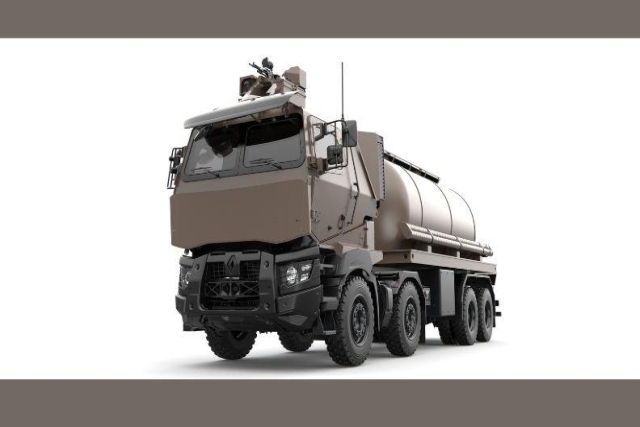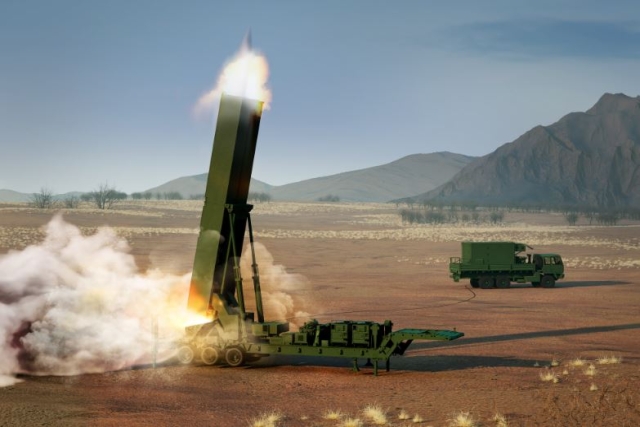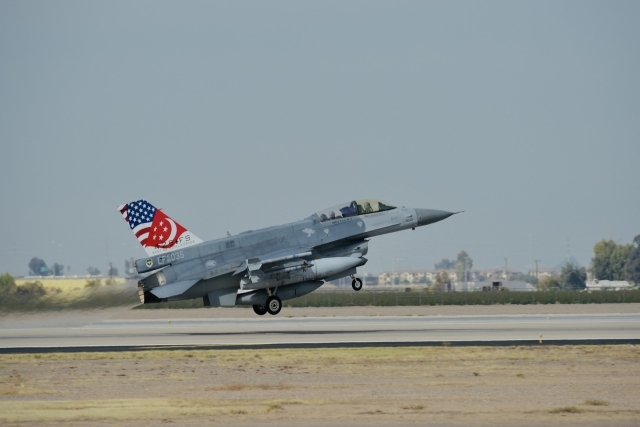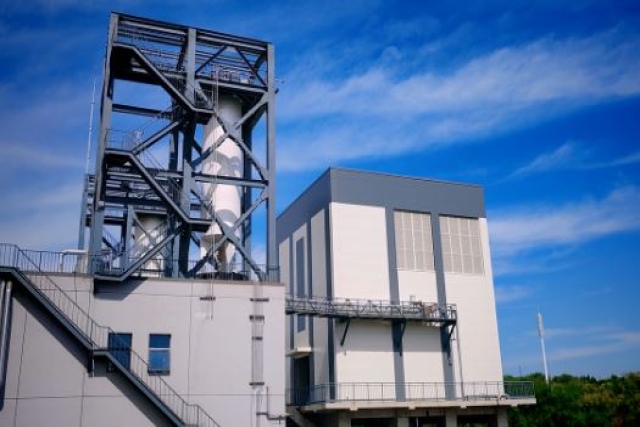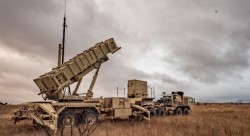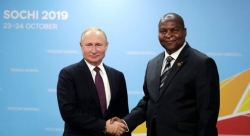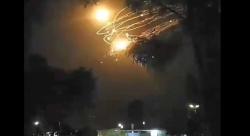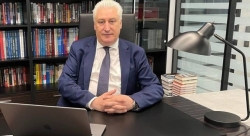Mine Advisory Group International To Set Up Demilitarization Operations In Syria, Myanmar

A MAG personnel inspects a minefield in Iraq.
Mine Advisory Group International is currently running demilitarization operations in over a dozen countries and is hoping to soon set up operations in Syria. In an e-mail interview to Defenseworld.net’s Bindiya Thomas, Geoff Turner, Information & Production Manager of Mine Advisory Group International talked about the organisation and its future demilitarization projects.
DW : How many projects are you currently involved with and where?
Geoff Turner, Information & Production Manager of Mine Advisory Group International : MAG currently has operations in Angola, Libya, Chad, Sudan, South Sudan, Somalia, DR Congo, Burundi, Republic of Congo, Iraq, Lebanon, Sri Lanka, Lao PDR, Vietnam and Cambodia. Additionally we are running a regional Weapons Marking and Tracing Support project, which cover Mauritius, Mozambique, Malawi, Zimbabwe, Zambia, Botswana, Namibia, Lesotho and Swaziland.
DW : Can you elaborate on your success in the projects?
Geoff Turner, Information & Production Manager of Mine Advisory Group International : MAG measures the success of its operations on the long-term humanitarian impact our work has on communities affected by armed violence and the remnants of conflict. In October 2010, MAG’s Battle Area Clearance Team began work on the Cluster Bomb Unit (CBU) strike location in Southern Lebanon. Over a period of nine months, the team found and destroyed four M42 cluster sub-munitions and 16 other different types of unexploded ordnance. The team cleared an area of 13,767m², using both manual and mechanical methods. Eight months after operations were completed families could finally benefit from their land, and build homes. Throughout the second half of 2011, our Community Liaison teams collected feedback from communities about how MAG responds to their reports of landmines and UXO. The objective was to gain a better understanding of community opinion toward MAG’s work, assessing the impact on beneficiaries with the aim of learning how to better meet communities’ needs. With European Commission funding, MAG will continue to deliver Mine Risk Education to minimise the risks for people living, working and travelling through Luzi and surrounding areas, as well as collecting reports of contamination from communities.
DW : Approximately, how many mines and UXOs do you successfully dispose of every year?
Geoff Turner, Information & Production Manager of Mine Advisory Group International : Obviously this varies depending on the number of programmes and projects MAG is running, but in 2010 we destroyed in excess of approximately 425,000 dangerous items. This included anti-personnel and anti-tank mines, various UXO, unserviceable small arms and light weapons and stockpiles of small arms ammunition.
DW : Can you tell us about the future projects you might be involved in?
Geoff Turner, Information & Production Manager of Mine Advisory Group International : MAG is preparing emergency operations for Syria as soon as it is safe to move in and set up in the country. We are also monitoring the situation in Myanmar with a view to setting up future operations.
DW : How do you ensure safe removal of landmines, UXOs, etc?
Geoff Turner, Information & Production Manager of Mine Advisory Group International : MAG is compliant with and all technical staff is trained to International Mine Action Standards. Additionally MAG has developed comprehensive Standard Operating Procedures that ensure that conditions are as safe as possible.
DW : Are you involved in disposing marine based UXOs?
Geoff Turner, Information & Production Manager of Mine Advisory Group International : MAG has a number of specially trained divers who can undertake underwater and marine-based clearance. For example, a few years ago we carried out a project in DR Congo, clearing the riverbed of Mbandaka Harbor, using specially trained divers. A total of 1,500m2 was cleared, removing 18 items of UXO and more than17,000 items of small arms ammunition.
DW : What are the new technology trends in demilitarization and de-mining?
Geoff Turner, Information & Production Manager of Mine Advisory Group International : MAG uses what it calls a ‘tool-box’ approach to clearance, which combines manual, mechanical and dog assets as appropriate depending on terrain and weather conditions. For manual clearance, MAG has been field testing the Hand Held Stand Off Mine Detection System or HSTAMIDS. This is a dual-sensor mine detector that combines an advanced metal detector and ground-penetrating radar, allowing the user to discriminate between metal debris and metal that has associated mass and could be a mine.

